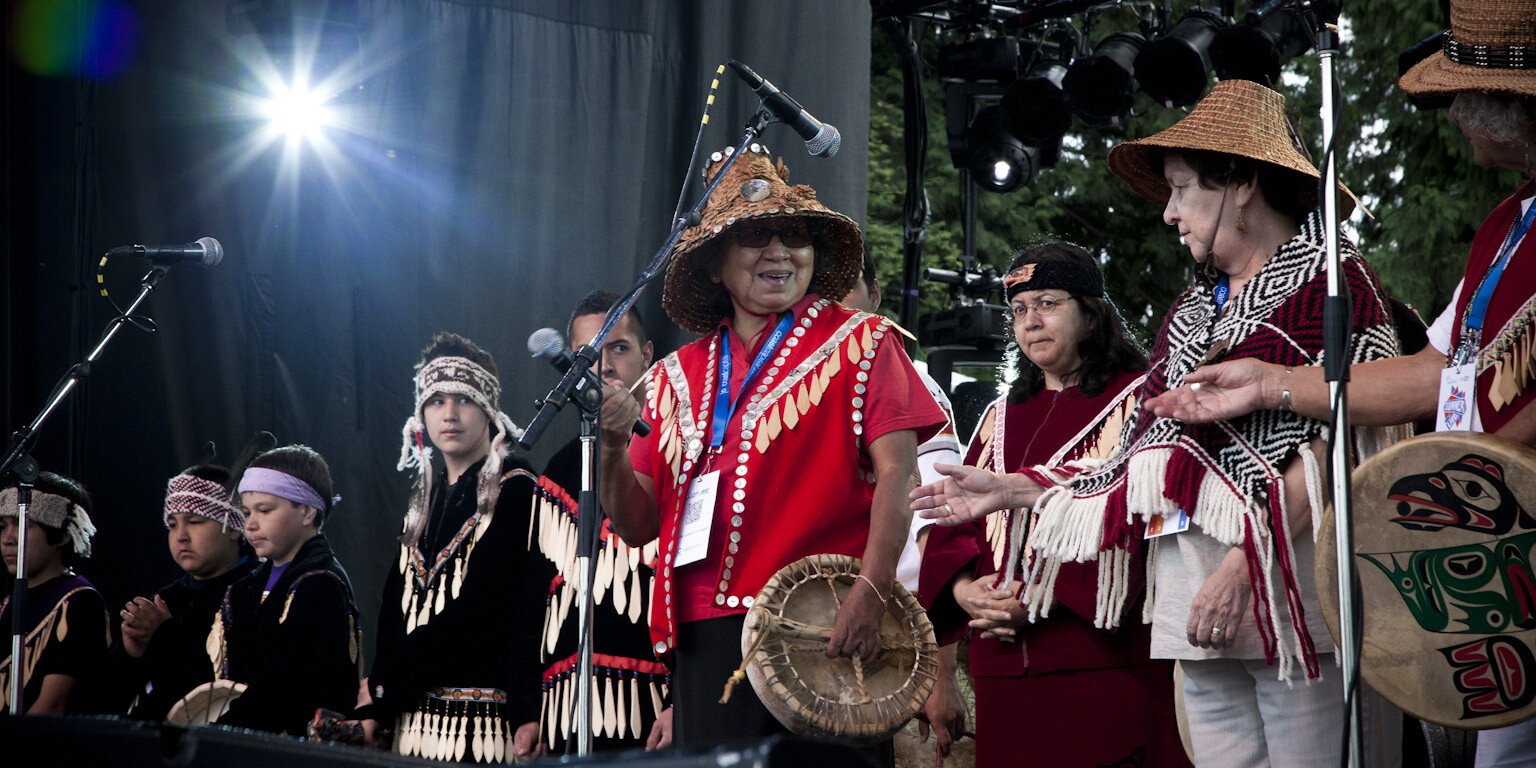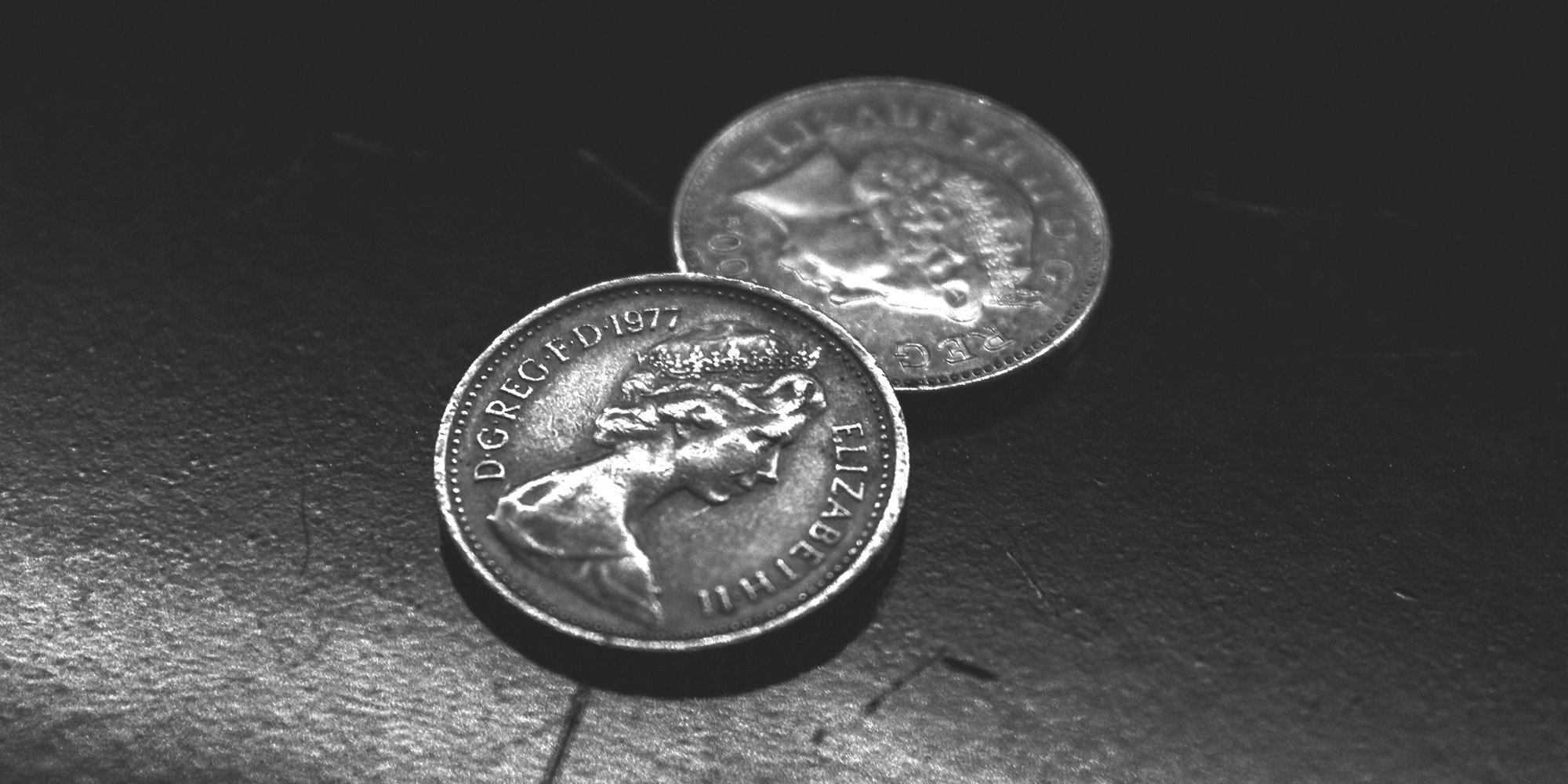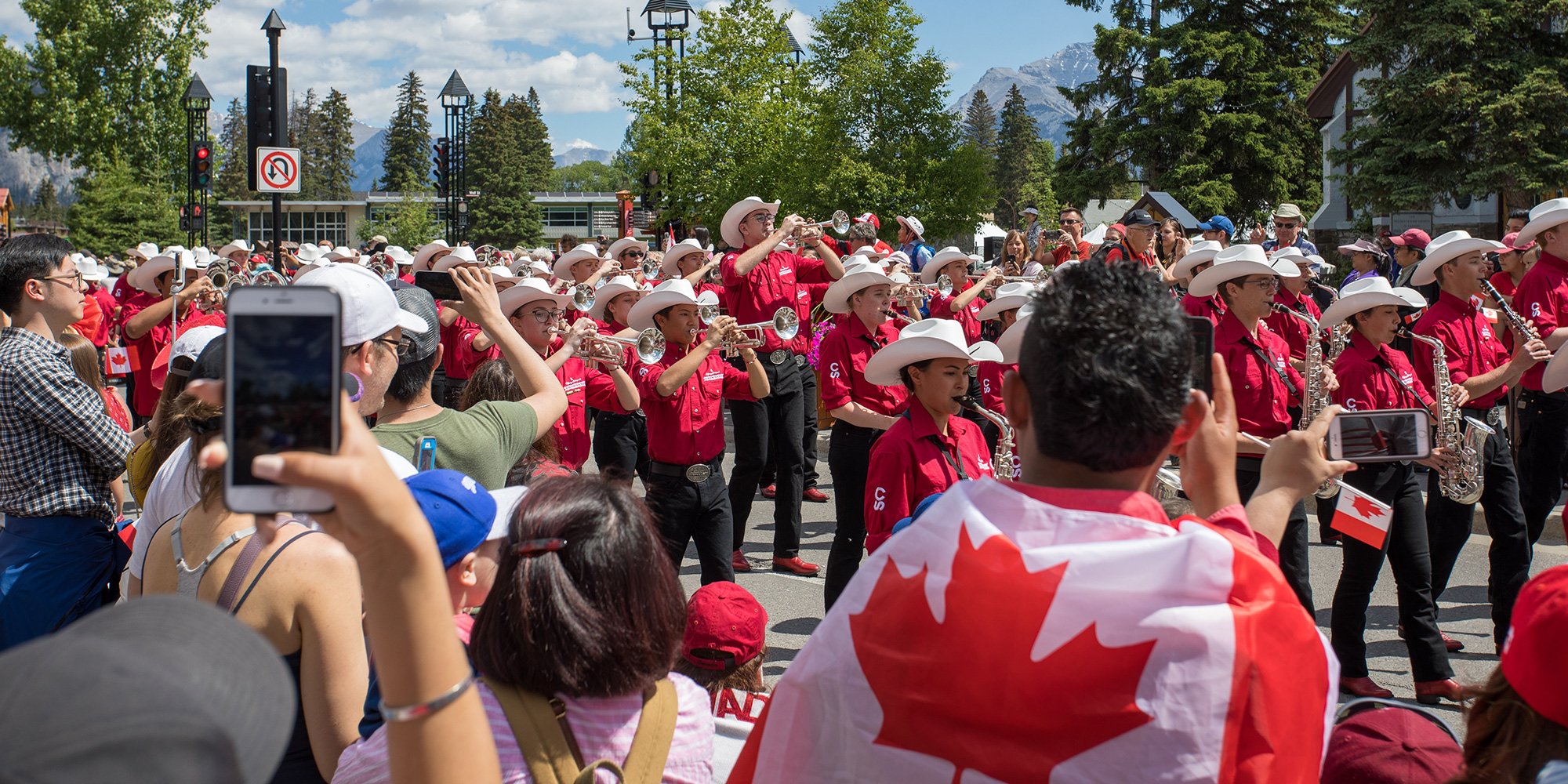Indigenous Peoples Are All the Same, Right?
A frequent misconception is that Indigenous Peoples are all the same in Canada but there is a clear diversity amongst Indigenous Peoples. Linguists...

Many non-Indigenous people believe that Indigenous Peoples, under the Indian Act receive “special treatment” and unfair advantages. More specifically, when we talk about the Indian Act we only mean status Indians, as Inuit and Métis Peoples do not fall under the Indian Act and do not get the same rights benefits and restrictions.
Indigenous Peoples, or more specifically Indians or First Nations, can get quite upset when they hear this as the term “special treatment”, in the historical context, has a negative connotation.
The Indian Act, since its proclamation in 1876, to name a few, has been used to:
Indigenous Peoples do, however, differentiate themselves from others in the body politic in the sense that they did not come here from anywhere. For example, if you are Gwawaenuk in the Broughton Archipelago then you are from nowhere else in the world.
Contrast this with people from other cultures who have come to Canada at whatever period in history and you start to see the distinction. Consider a Dutch person for example - a Dutch person coming from Holland does not have to worry about the land base, religion, political institution, artistic expression or any other facet of Dutch culture when they make the choice to live here. Keep in mind the key distinction being that that person made the choice to immigrate to Canada - a choice Indigenous Peoples don't have.
In this sense, Indigenous rights are human rights, or Section 35 rights, as they are sometimes called by Indigenous Peoples.
Here's a little conundrum for non-Indigenous Canadians - ask the average Canadian “Do you support fundamental human rights as seen by the United Nations?” and most Canadians will lean towards a very strong yes. I think they probably view human rights as one of the things they are most proud of as Canadians.
Ask the same people what they think of Indigenous rights and many will lean towards they should be equal, that there should be one law for everybody, and sometimes they say “native equality” and not “native apartheid”. It's a conundrum because principally, they support the idea of human rights, but practically, personally, and politically they don't, and on occasion refer to it as “special treatment” which they don't think is right, fair or equal but under the United Nations Declaration on the Rights of Indigenous Peoples[1] Indigenous rights include:
Article 5
Indigenous peoples have the right to maintain and strengthen their distinct political, legal, economic, social and cultural institutions, while retaining their right to participate fully, if they so choose, in the political, economic, social and cultural life of the State.
Article 11
1. Indigenous peoples have the right to practise and revitalize their cultural traditions and customs. This includes the right to maintain, protect and develop the past, present and future manifestations of their cultures, such as archaeological and historical sites, artifacts, designs, ceremonies, technologies and visual and performing arts and literature.
2. States shall provide redress through effective mechanisms, which may include restitution, developed in conjunction with indigenous peoples, with respect to their cultural, intellectual, religious and spiritual property taken without their free, prior and informed consent or in violation of their laws, traditions and customs.
[1] The full version of the Declaration on the Rights of Indigenous Peoples can be found at: www.un.org/esa/socdev/unpfii/documents/DRIPS_en.pdf
This information has been reproduced from our book, Working Effectively with Indigenous Peoples®.
Featured photo: Unsplash

A frequent misconception is that Indigenous Peoples are all the same in Canada but there is a clear diversity amongst Indigenous Peoples. Linguists...

Indigenous Canadians earn about 70 cents for every dollar made by non-Indigenous Canadians, according to Canada's income data. This is a very...

June is National Aboriginal History Month, and this year, the day after National Aboriginal History Month ends activities for Canada 150 begin....